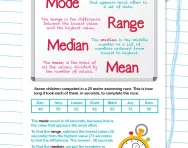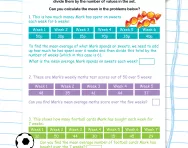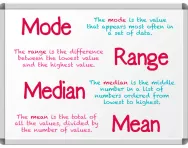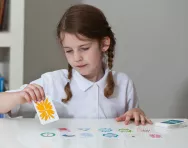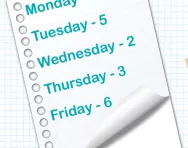Important update from TheSchoolRun
For the past 13 years, TheSchoolRun has been run by a small team of mums working from home, dedicated to providing quality educational resources to primary school parents. Unfortunately, rising supplier costs and falling revenue have made it impossible for us to continue operating, and we’ve had to make the difficult decision to close. The good news: We’ve arranged for another educational provider to take over many of our resources. These will be hosted on a new portal, where the content will be updated and expanded to support your child’s learning.
What this means for subscribers:
- Your subscription is still active, and for now, you can keep using the website as normal — just log in with your usual details to access all our articles and resources*.
- In a few months, all resources will move to the new portal. You’ll continue to have access there until your subscription ends. We’ll send you full details nearer the time.
- As a thank you for your support, we’ll also be sending you 16 primary school eBooks (worth £108.84) to download and keep.
A few changes to be aware of:
- The Learning Journey weekly email has ended, but your child’s plan will still be updated on your dashboard each Monday. Just log in to see the recommended worksheets.
- The 11+ weekly emails have now ended. We sent you all the remaining emails in the series at the end of March — please check your inbox (and spam folder) if you haven’t seen them. You can also follow the full programme here: 11+ Learning Journey.
If you have any questions, please contact us at [email protected]. Thank you for being part of our journey it’s been a privilege to support your family’s learning.
*If you need to reset your password, it will still work as usual. Please check your spam folder if the reset email doesn’t appear in your inbox.
What is the average?
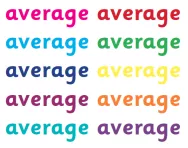
What is the average?
In maths, the average value in a set of numbers is the middle value, calculated by dividing the total of all the values by the number of values.
When we need to find the average of a set of data, we add up all the values and then divide this total by the number of values.
Finding the average: the process explained step by step
Here is an example:
This is the amount Mrs Mansell has spent on food shopping in the last month:
Week 1 £67
Week 2 £92
Week 3 £52
Week 4 £38
Week 5 £73
Week 6 £86
To find out the average amount Mrs Mansell spends on food every week:
- Add up all the values: 67 + 92 + 52 + 38 + 73 + 86 = 408
- We would then divide 408 by the number of values (6) using short division. This would give us the answer 68. We therefore know that Mrs Mansell's average spend was £68.
This can also be called finding the 'mean average' of a set of data and is learnt by children in Year 6. In the “old” (pre-2014) national curriculum children were also taught how to find the mode, range and median of a number of values. Since September 2015, children in Year 6 have only been required to learn about the mean average.
A simpler problem that could be solved mentally could be:
Keiran wrote down the score he got for his spelling test for the first six weeks of term:
Week 1 - 8
Week 2 - 6
Week 3 - 9
Week 4 - 8
Week 5 - 10
Week 6 - 7
Here, the total is 48, which is then be divided mentally by 6 to make an average score of 8.
It is important for children to understand why we would take the trouble to find an average value.
Finding an average gives us an idea as to an overall behaviour or trend – Mrs Mansell's average spend on shopping gives us an idea as to whether she usually spends a lot or a little money and Keiran's average spelling score gives us an idea as to how good he usually is at spelling. If we were given just one value to judge Mrs Mansell or Keiran by, this might not be representative of their overall behaviour.


